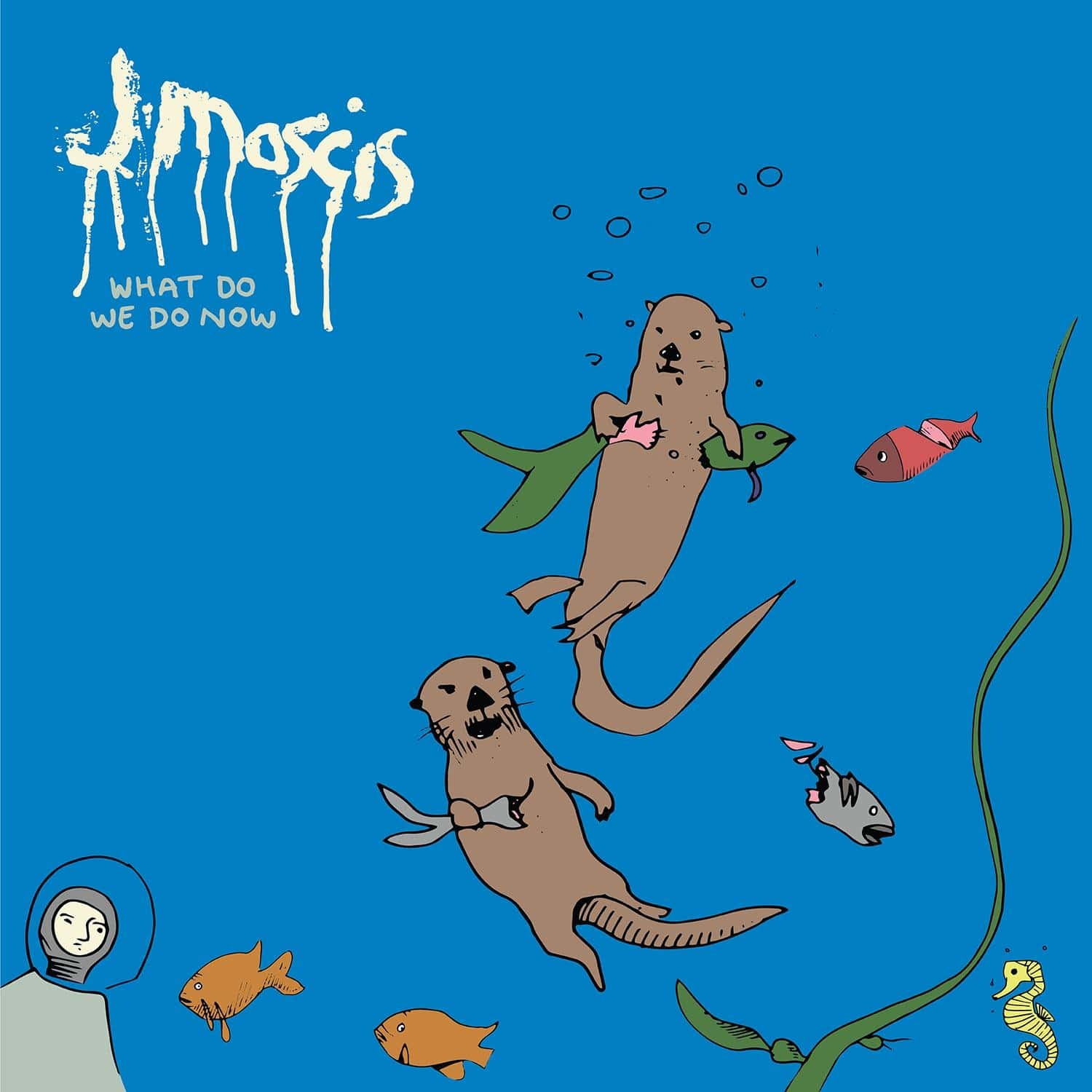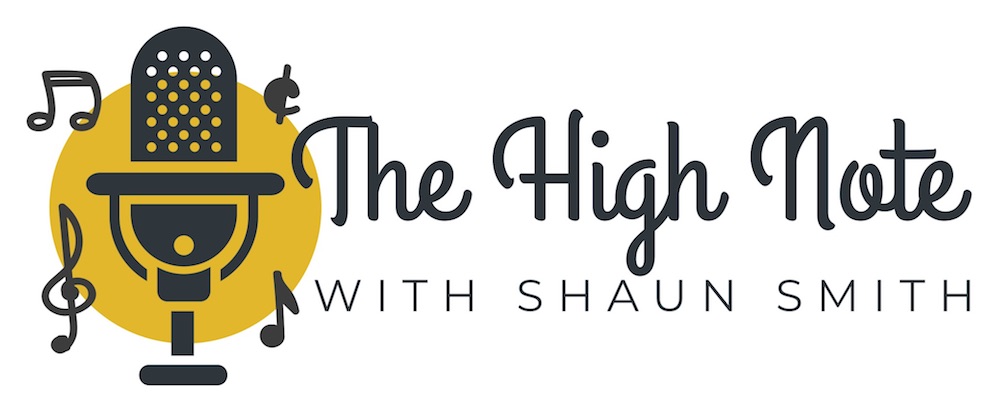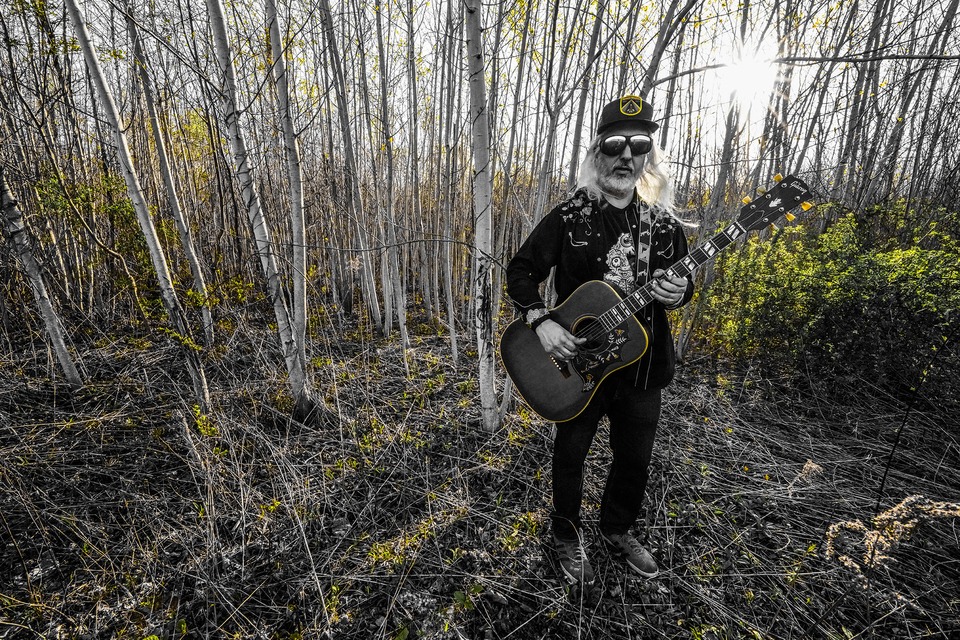It’s intriguing how memories imprint themselves in our brains.
I distinctly remember my introduction to Dinosaur Jr. through a T-shirt worn by one of the most significant people in my life — Anthony Ventura.
In my mind, he’s standing outside our friend Gia’s house. Although I don’t recall exactly what was on it, the shirt was pretty gnarly, suggesting a monster movie.

I soon learned from the elder punk statesmen, mainly Anthony’s older brother Michael, that Dinosaur Jr. paved the way for punk and rock and roll in the 2000s.
Founded by singer-songwriter-guitarist J Mascis, bassist Lou Barlow, and drummer Murph in 1984 in Amherst, Massachusetts, the band broke out with their seminal 1988 album “Bug.”
Soon after, Barlow was replaced by Mike Johnson until Murph quit, and by 1997 the Dinosaur Jr. era seemed over. However, the band’s legacy loomed large in punk circles in the 2000s, with J. Mascis appearing to me akin to the long-haired cousin of Henry Rollins.
Now, perhaps a little older but no wiser, my tastes have leaned back into bands I previously dismissed in my youth, like Nada Surf, who are somehow gaining relevance now that we’ve caught up to the same speed.
With his fifth album, “What Do We Do Now,” J. Mascis has made me a fan. Released Friday, Feb. 2, 2024, via none other than Sub Pop Records, roughly 40 years from when he started Dinosaur Jr., the album captures Mascis at his prime.
Sweet, sentimental, and sometimes searing guitar solos layered atop carefully arranged acoustic tracks create an intimate approach to the lofty musician.
“When I’m writing for the band,” he said in a release, “I’m always trying to think of doing things Lou and Murph would fit into. For myself, I’m thinking more about what I can do with just an acoustic guitar, even for the leads. Of course, this time, I added full drums and electric leads, although the rhythm parts are still all acoustic. Usually, I try to do the solo stuff more simply so I can play it by myself, but I really wanted to add the drums. Once that started, everything else just fell into place. So it ended up sounding a lot more like a band record. I dunno why I did that exactly, but it’s just what happened.”
Recorded at Mascis’s own Bisquiteen Studio with B52’s keyboardist Ken Mauri on piano and multi-instrumentalist Matthew “Doc” Dunn.
The album begins upbeat, placing Mascis in that classic singer-songwriter role on “Can’t Believe We’re Here” and delivering severe thoughts like “Can we speak about what’s gone, all the ways it’s going wrong,” then laying down a spirited solo.
Mascis takes a slower approach to the second track, leaning heavily on that acoustic guitar, with the piano picking up some work on the low end. There are two solos; one about halfway through would be enough. However, the final 45 seconds of the title track is a perfect, furious stringed punctuation on an incredible song.
The vivid pictures that Mascis paints with his lyrics captured me on top of the guitar solos.
On “Right Behind You,” I am struck by the line:
“Walking past the house where everybody goes We got time to fix it, lift it from below Stuff the pain inside now fall and winter show”
Then, there is an ongoing solo that slays behind the acoustic guitar, popping out to shred in the spotlight for the final 30 seconds.
“I Can’t Find You” starts out a bit darker, winking at Mascis’s earlier days in the post-hardcore world, but then lets Mauri and Dunn shine on the keys and slide guitar.
I’m awed by how Mascis can translate rock to an acoustic guitar, like the lick that opens “Old Friends.” The track then morphs into an electric springboard for Mascis to display his fretboard skills.
He can also use the acoustic to pluck out a hell of a melody, as evidenced on “Hangin’ Out,” which creates quite the earworm out of this little rock riff.
The same goes for the final track, “End Is Gettin’ Shaky,” which shows off some fun fingerpicking skills and some despairing electric guitar wails that lie behind a meaningful message about staying positive in a crazy world.
Sticking to that rock staple of the ’90s with a tight yet tremendous 10 tracks, “What Do We Do Now” displays the holistic greatness of singer, songwriter, and guitarist J. Mascis.
Get “What Do We Do Now” from SubPop, Bandcamp, Amazon, Apple Music, YouTube Music, Spotify, Tidal, Deezer, Pandora and qobuz.
Favorite Tracks
Can’t Believe We’re Here
What Do We Do Now
Right Behind You
I Can’t Find You
Old Friends
It’s True
Hangin Out
End Is Gettin Shaky


